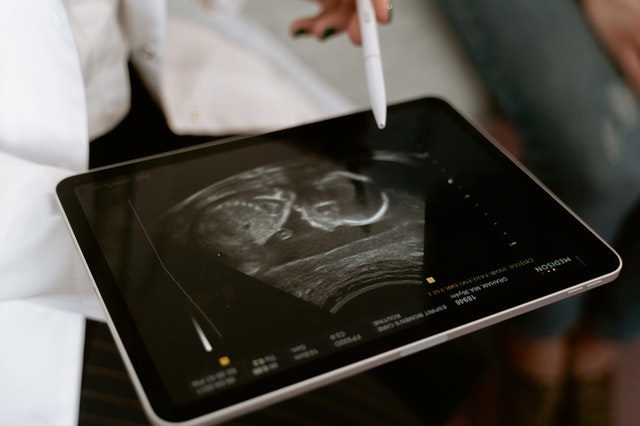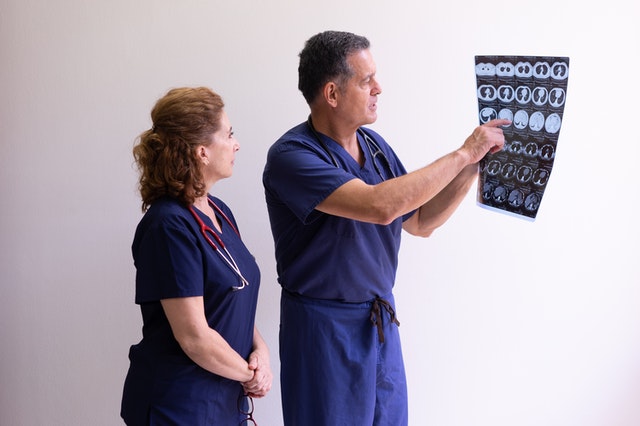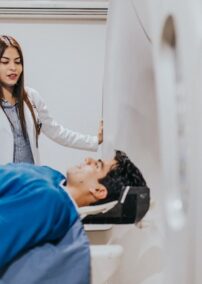Ultrasounds—to many not in the medical field, the image of a woman getting her pregnant belly examined is often something that comes to mind first. However, as medical industry professionals, we understand that ultrasounds go way beyond that.

It’s really amazing to actually look at the history and advancement of such an important diagnostic tool especially during October–Medical Ultrasound Awareness Month.
In simple terms, the ultrasound scan isn’t just a medical device that can help track the development of a baby during pregnancy. The ultrasound scan can also help with the following:
- Observing the ovaries and uterus
- Evaluating blood flow
- Diagnosing gallbladder disease
- Examining a lump in the breast
- Checking thyroid glands
- Guiding a needle
- Diagnosing prostate issues
This machine is non-invasive, safe, and does not use ionizing radiation.
History of Ultrasound
The first recorded use of the ultrasound was in 1794 when Italian physiologist Lazzaro Spallanzani used ultrasound to study how bats navigated at night. This became the foundation for modern ultrasound physics.

Ultrasound was initially used to detect flaws in metal casings. It was not used clinically until 1956 by Dr. Ian Donald and Tom Brown. There are no known side effects for ultrasound, making it an incredibly safe and efficient imaging device.
Advancements in Ultrasound
Ultrasound machines have become progressively mobile, easy to carry, and smaller while providing high-quality imaging. Since they are non-invasive and cost-effective, doctors can use them to track patient development without the risk of radiation.
Ultrasound technology can allow us to have an excellent view of the body’s vascular system by tracking microbubbles. 3-D imaging is also possible for more precise diagnostics.
As technology continues to expand, our medical devices tend to shrink inversely. Now, medical professionals can increase their diagnostic capabilities from anywhere in the world. For example, some handheld ultrasound devices weigh under a pound and can hook up to your smartphone, help healthcare providers quickly scan their patients—and possibly save lives.
These economical, easy-to-handle devices can change lives globally, predominantly in rural areas. It’s exciting to think that we may only be seeing the beginning of the modern ultrasound age.
How Teleradiology Can Help
Teleradiology, also referred to as remote radiology, provides medical professionals instant imaging result views remotely. This means that patients have access to better, more immediate health care.
 Studies suggest that teleradiology offers benefits, including the availability of second opinions and the possibility for remote viewing services. We at Vesta can certainly attest to this! Our clients – hospitals, urgent car centers, physician offices, mobile imaging companies, diagnostic imaging centers, and government institutions—enjoy cost-effective and unrivaled Teleradiology and Telemedicine services any time of day or night.
Studies suggest that teleradiology offers benefits, including the availability of second opinions and the possibility for remote viewing services. We at Vesta can certainly attest to this! Our clients – hospitals, urgent car centers, physician offices, mobile imaging companies, diagnostic imaging centers, and government institutions—enjoy cost-effective and unrivaled Teleradiology and Telemedicine services any time of day or night.


